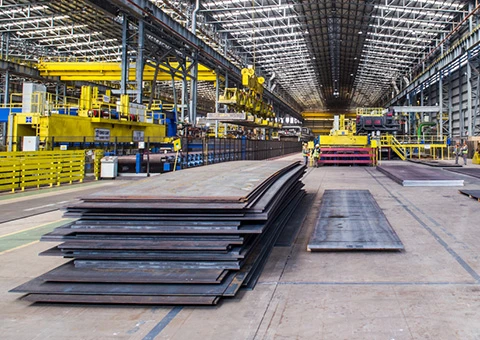One Ton Overhead Crane Specifications and Applications for Efficient Material Handling
Understanding One-Ton Overhead Cranes
Overhead cranes are vital equipment in various industries, including manufacturing, construction, and logistics. Among the different types of cranes, the one-ton overhead crane is particularly popular due to its versatility, efficiency, and compact size. In this article, we'll explore the key features, applications, advantages, and maintenance tips associated with one-ton overhead cranes.
Key Features
One-ton overhead cranes are designed to lift and move loads up to one metric ton (approximately 2204.62 pounds). This lifting capacity makes them ideal for a wide range of tasks without requiring the space or power of larger cranes. Key features of a one-ton overhead crane include
1. Compact Design These cranes are designed to fit in smaller workspaces, making them suitable for workshops, garages, and smaller manufacturing facilities.
2. Electric or Manual Operation One-ton overhead cranes can be operated manually or powered by electric systems. Electric hoists provide ease of use and speed, while manual hoists are often more economical.
3. Versatile Configuration They can be configured as single girder or double girder cranes, depending on the specific requirements of the facility. Single girder cranes are lighter and more cost-effective, while double girder cranes offer greater lifting heights and capacities.
4. Safety Features Most one-ton overhead cranes come equipped with safety features such as limit switches, overload protection, and emergency stop buttons to ensure safe operation.
Applications
The applications of one-ton overhead cranes are extensive. They are commonly used in
1. Manufacturing In factories, one-ton overhead cranes facilitate the movement of heavy components, raw materials, and finished products, improving workflow and efficiency.
2. Warehousing In warehouses, these cranes assist in loading and unloading goods, organizing inventory, and transporting items from one area to another.
3. Construction Sites One-ton overhead cranes can be used to lift smaller yet critical construction materials, such as bricks and blocks, making them essential for on-site logistics.
4. Maintenance and Repair Shops In repair and maintenance facilities, these cranes are used to lift machinery and vehicles, providing easy access for servicing and repairs.
one ton overhead crane

Advantages
The advantages of using one-ton overhead cranes are manifold
1. Space Efficiency Their compact size allows them to fit in areas where larger cranes cannot operate, maximizing available workspace without sacrificing lifting capability.
2. Cost-Effective Solution One-ton cranes are often less expensive to purchase and operate compared to larger cranes, making them an economical choice for many businesses.
3. Ease of Use With user-friendly designs, these cranes can be operated by personnel with minimal training, increasing productivity and safety.
4. Durability Constructed from high-quality materials, one-ton overhead cranes are built to withstand heavy usage and are designed for longevity, providing a solid return on investment.
Maintenance Tips
To ensure the longevity and safe operation of one-ton overhead cranes, regular maintenance is crucial. Here are some maintenance tips
1. Routine Inspections Conduct daily inspections to check for any signs of wear or damage. This includes examining the hoists, trolleys, and structural integrity of the crane.
2. Lubrication Regularly lubricate moving parts to prevent wear and tear. This maintenance task helps reduce friction and prolongs the lifespan of the equipment.
3. Test Controls Regularly test the operational controls, including emergency stop functions, to ensure they are working correctly.
4. Service Schedule Implement a service schedule involving professional inspections and repairs at recommended intervals to maintain optimal performance.
Conclusion
One-ton overhead cranes play a crucial role in enhancing productivity and safety across various industries. Their compact design, diverse applications, and cost-efficiency make them an invaluable asset in many work environments. By understanding their features and adhering to maintenance practices, businesses can ensure that their one-ton overhead cranes operate safely and effectively for years to come.
-
Unlock Seamless Relocation with Our Heavy Equipment Moving ExpertiseNewsJun.06,2025
-
Unleash Unrivaled Flexibility with Our Adjustable Gantry CraneNewsJun.06,2025
-
Unleash Heavy-Duty Efficiency with Our Industrial Gantry Crane SolutionsNewsJun.06,2025
-
Revolutionize Steel Handling with Our Magnetic Lifter RangeNewsJun.06,2025
-
Master Equipment Mobility with Premium Machinery Mover SolutionsNewsJun.06,2025
-
Elevate Your Material Handling with Magnetic Lifter TechnologyNewsJun.06,2025
-
YS Permanent Lifting Magnets: The Smarter Way to Handle SteelNewsMay.22,2025
